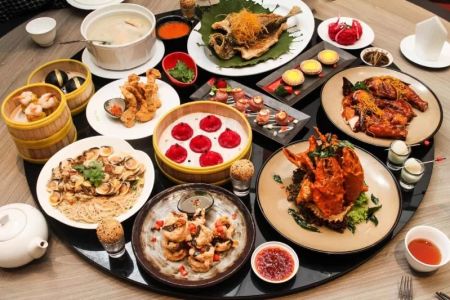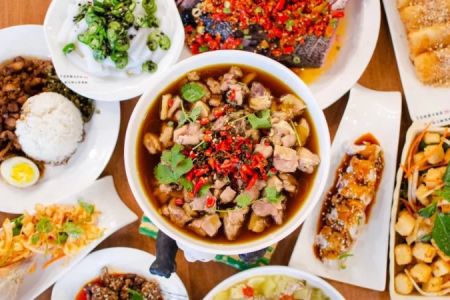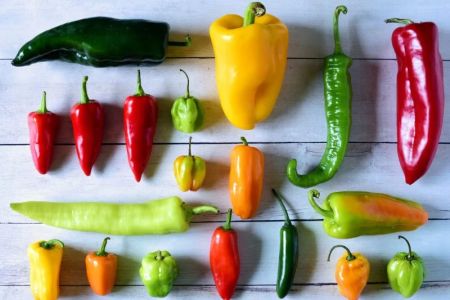- Understanding-the-foundations-of-Chinese-soup-broth
- Selecting-the-right-ingredients-for-depth-of-flavor
- Techniques-to-develop-richness-and-clarity
- Regional-variations-and-signature-flavors
- Common-mistakes-and-how-to-avoid-them
- Bringing-authentic-flavor-to-your-home-kitchen
1. Understanding the Foundations of Chinese Soup Broth
Mastering the Art of Chinese Soup Broth: Building Flavor from Scratch is about patience, precision, and respect for tradition. In Chinese cuisine, the broth is not just a base — it’s the heart of the dish, often simmered for hours to coax out deep, layered flavors. Whether it’s a clear consommé for wonton soup or a rich pork bone broth for ramen-style noodles, each type has its own character and role in a meal.
Many home cooks underestimate the time commitment, but the slow extraction of flavor is what separates a forgettable soup from a memorable one. At Chinese Food, we emphasize that a great broth tells a story — of its ingredients, its region, and its cook.
2. Selecting the Right Ingredients for Depth of Flavor
The foundation of any Chinese soup broth begins with quality ingredients. Common bases include pork bones, chicken carcasses, beef shank, and occasionally seafood shells for coastal recipes. Aromatics such as ginger, scallions, and garlic are staples, while dried mushrooms, jujubes, and goji berries are often used to add subtle sweetness and complexity.
One chef from Guangzhou once shared that his secret was adding a small piece of dried tangerine peel — a traditional Cantonese touch that imparts a gentle citrus aroma without overpowering the broth.
3. Techniques to Develop Richness and Clarity
Achieving a clear yet flavorful broth is a hallmark of Chinese culinary skill. The process often begins with blanching bones to remove impurities, followed by a gentle simmer rather than a rapid boil. This keeps the broth from becoming cloudy while allowing flavors to develop fully.
Skimming the surface regularly is another small but vital step. Some cooks use a “double boiling” method, where the broth is simmered in a smaller pot within a larger one, ensuring even heat and preventing over-extraction of bitter compounds.
4. Regional Variations and Signature Flavors
China’s vast culinary landscape means there’s no single “correct” broth. In Sichuan, spicy hotpot bases use chili oil and Sichuan peppercorns for a numbing heat, while in Shanghai, broths are often subtly sweet, using seafood and fresh vegetables. Northern Chinese broths tend to be more robust, often featuring lamb and root vegetables to combat colder climates.
Exploring these regional differences can inspire home cooks to create their own signature versions, blending techniques and ingredients from different traditions.
5. Common Mistakes and How to Avoid Them
Rushing the process is the most common error. A broth that simmers for only an hour may taste flat compared to one cooked slowly over half a day. Over-seasoning early can also mask the natural sweetness and umami of the ingredients — salt and soy sauce should be added gradually, tasting along the way.
Another mistake is neglecting water quality. Using filtered or spring water can make a noticeable difference, as it prevents metallic or chlorinated flavors from leaching into the broth.
6. Bringing Authentic Flavor to Your Home Kitchen
Recreating authentic Chinese soup broth at home is entirely possible with the right approach. Start small, experimenting with different bones, aromatics, and simmer times until you find a balance that suits your palate. Keep a journal of your experiments to track which methods yield the best results.
For those seeking premium ingredients or regional specialty items, Chinese Food offers curated selections to help home cooks achieve restaurant-quality results without the guesswork.







